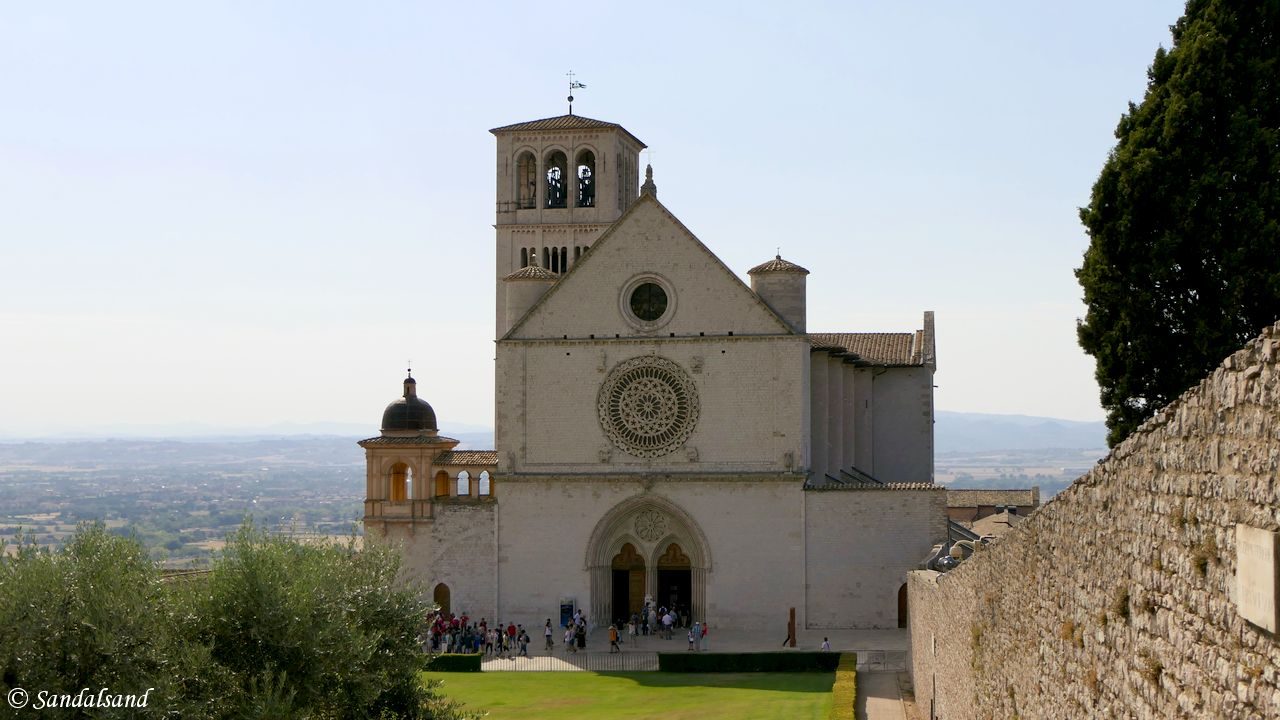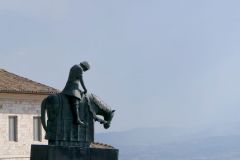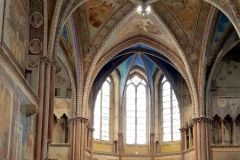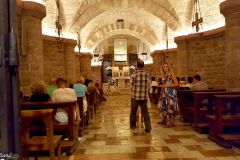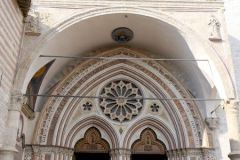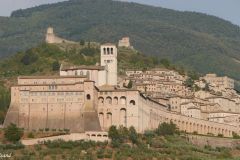The magnificent basilica dominating the north-west part of the hillside town of Assisi is accompanied by four less important religious sites close to Assisi. This is a purely eclectic inscription.
The UNESCO World Heritage List includes more than a thousand properties with outstanding universal value. They are all part of the world’s cultural and natural heritage.
Official facts
- Full name: Assisi, the Basilica of San Francesco and Other Franciscan Sites
- Country: Italy
- Date of Inscription: 2000
- Category: Cultural site
UNESCO’s World Heritage Centre’s short description of site no. 990:
Assisi, a medieval city built on a hill, is the birthplace of Saint Francis, closely associated with the work of the Franciscan Order. Its medieval art masterpieces, such as the Basilica of San Francesco and paintings by Cimabue, Pietro Lorenzetti, Simone Martini and Giotto, have made Assisi a fundamental reference point for the development of Italian and European art and architecture.
More about the heritage site
According to UNESCO the Basilica of San Francesco is an outstanding example of a type of architectural ensemble which has significantly influenced the development of art and architecture. The organisation also makes a reference to Holy Francis. He was born here and founded in 1208 what became one of the largest orders in the Catholic Church – the Franciscan order. Unlike several other historical towns in the centre of Italy, the town of Assisi is excluded from the inscription. However, it adds to the justification for including the religious buildings on The List.
The other four Franciscan sites included are: Le Carceri, San Damiano, Rivotorto and Santa Maria degli Angeli.
Assisi is one the famous Umbrian (and Tuscan) hillside cities, fortresses in defence against rivalling city-states in Medieval Italy. The Basilica is one of the most important pilgrimage sites in Italy. The city is very easy to spot from the plain as one is approaching it, in fact it is one of the most spectacular sights anywhere in this region.
Work on the basilica begun in 1228 by building it into the side of a hill. It has an unusual construction as it consists of a high-vaulted Upper Church. Directly below there is a Lower Church with a lower vault. At the bottom we find the crypt where Saint Francis himself is buried. All sections have rich decorations with frescoes by a number of medieval painters – with exceptional high quality. It might be viewed as quite odd, that this artistic and architectural extravaganza bears the name of a man who founded an order based on poverty, simplicity and charity.
My visit
I made it here in 2017 on a road trip in the region. We parked at the far end of the city and walked through it until we ended up at the Basilica. We did not visit the other four Franciscan sites.

